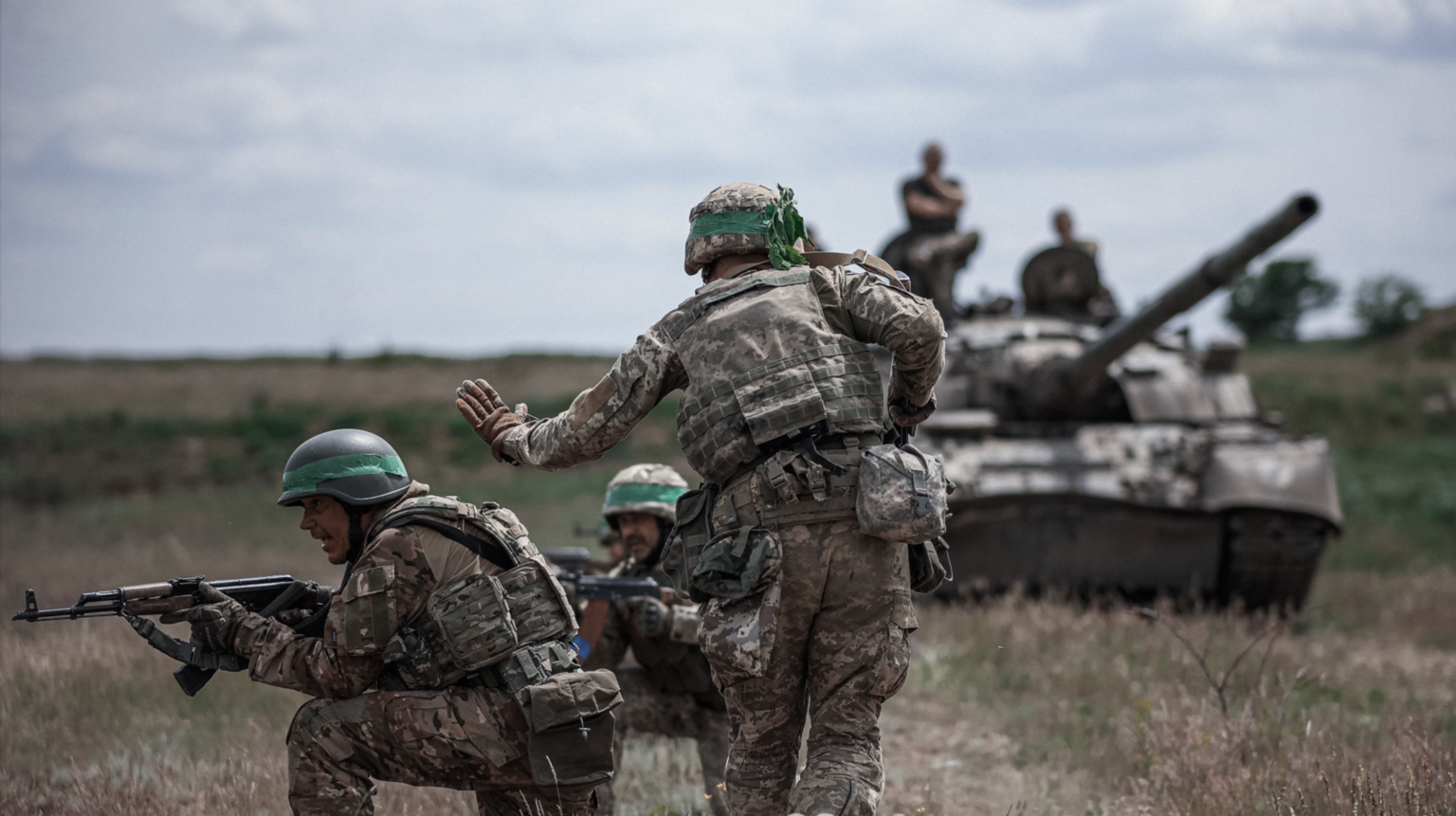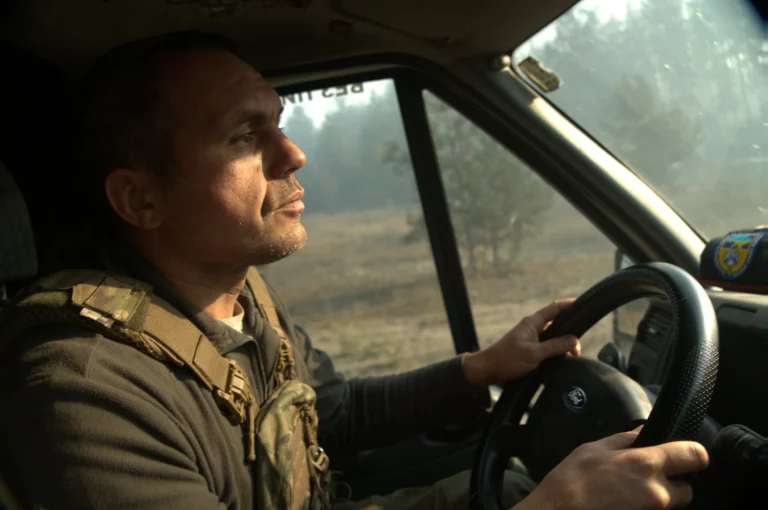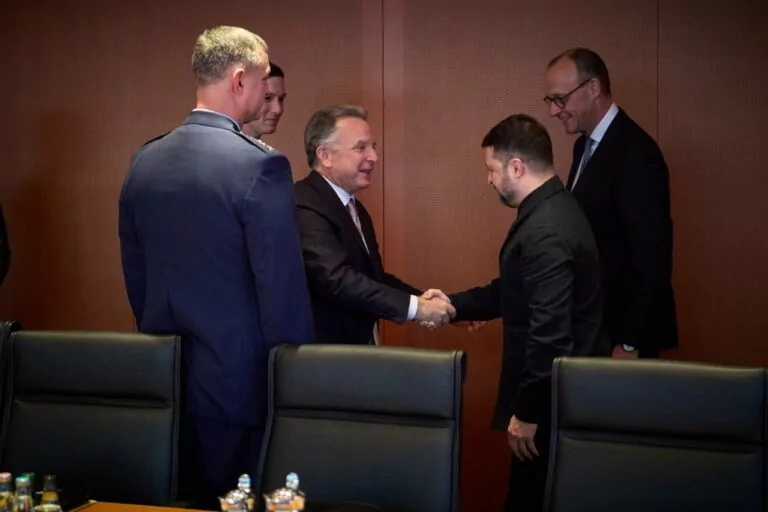UKRAINE, KHARKIV OBLAST, May 9 — On May 8, a supposed three-day ceasefire announced by Vladimir Putin, Russian President, began. Gwara Media talked to several brigades stationed on the Kharkiv and Kupiansk axes to find out how Russia violated its so-called truce.
April 19 to April 21 was the first so-called “Easter ceasefire,” when Putin announced that the Russian side would cease all hostilities on these days. Russian troops didn’t comply with the conditions. Ukraine’s President Volodymyr Zelenskyy’s offered to prolong the ceasefire to 30 days — there weren’t air raid alarms during those days in Ukraine, but the Russian administration didn’t react and multiple Russian attacks on civilian infrastructure were launched and intense fighting on the border of the Sumy Oblast began.
The so-called three-day ceasefire is dedicated to the anniversary of Russia’s Victory Day, turned into a militarized holiday commemorating the Russian part in defeating Germany in World War II.
The Ukrainian army was ready for Russia to violate the ceasefire again.
Kharkiv axis
The press office Operational Tactical Group “Kharkiv,” responsible for the frontline north of Kharkiv, said that Russia conducted three attacks in the Kharkiv direction on May 8 in the comment to Gwara Media.
The Russians did not attack with any missiles or air strikes but launched five FPV drones at the Kharkiv region. They also shelled the positions of the Ukrainian army 24 times.
The Operational Tactical Group “Kharkiv” noted that Ukraine conducts only defensive operations in response to Russian attacks.
The 42nd brigade, stationed near Vovchansk, a city that’s 5 miles (3 kilometers) away from the Russian border, confirmed to Gwara the information about drone attacks, noting that there had been no infantry assaults on their positions.
Kupiansk axis
The “Khortytsia” operational-strategic group of forces that covers the eastern part of the Kharkiv Oblast said that Russian troops conducted over 50 attacks in their area of responsibility, including the Kupiansk direction, by noon on May 8. Most attacks were focused in the Pokrovsk (Donetsk region) and Novopavlivka (Dnipropetrovsk region) directions.
“We do not see any ceasefire. If someone hadn’t mentioned a ceasefire, we wouldn’t have known about it,” said Viktor Trehubov, the speaker of the “Khortytsia” to “Suspilne.”
The military also recorded shelling of Ukrainian positions by Russian troops with artillery in the Kupiansk direction. Ukraine forces are constantly monitoring the situation and are ready to respond to Russian troops in a manner that mirrors their actions.
“To believe them (Russia — ed.) is to disrespect yourself. As people say: ‘The agreements that are made with the Russians are not worth the paper they are written on.’ It is true,” said the soldier from the Kupiansk direction to Gwara Media.
Meanwhile, Russia celebrates its Victory Day with a military parade on the Red Square in Moscow.
Radio Free Europe/Radio Liberty noted that over 10,000 Russian troops and other “allied” to Moscow states attended the parade.
Among those who flew in to see Putin were Chinese President Xi Jinping, Serbian Prime Minister Aleksandar Vučić, Slovak Prime Minister Robert Fico, and officials from Turkmenistan, Venezuela, Armenia, Kazakhstan, Belarus, Cuba, and Brazil.
Author: Daria Levchenko
English text: Elza Diachenko
Read more
- Military: Ukraine forces liberate 200 hectares near Lyptsi north of Kharkiv
- Ukraine, Council of Europe, “dozens of countries” to sign document creating Special tribunal for Russian aggression




